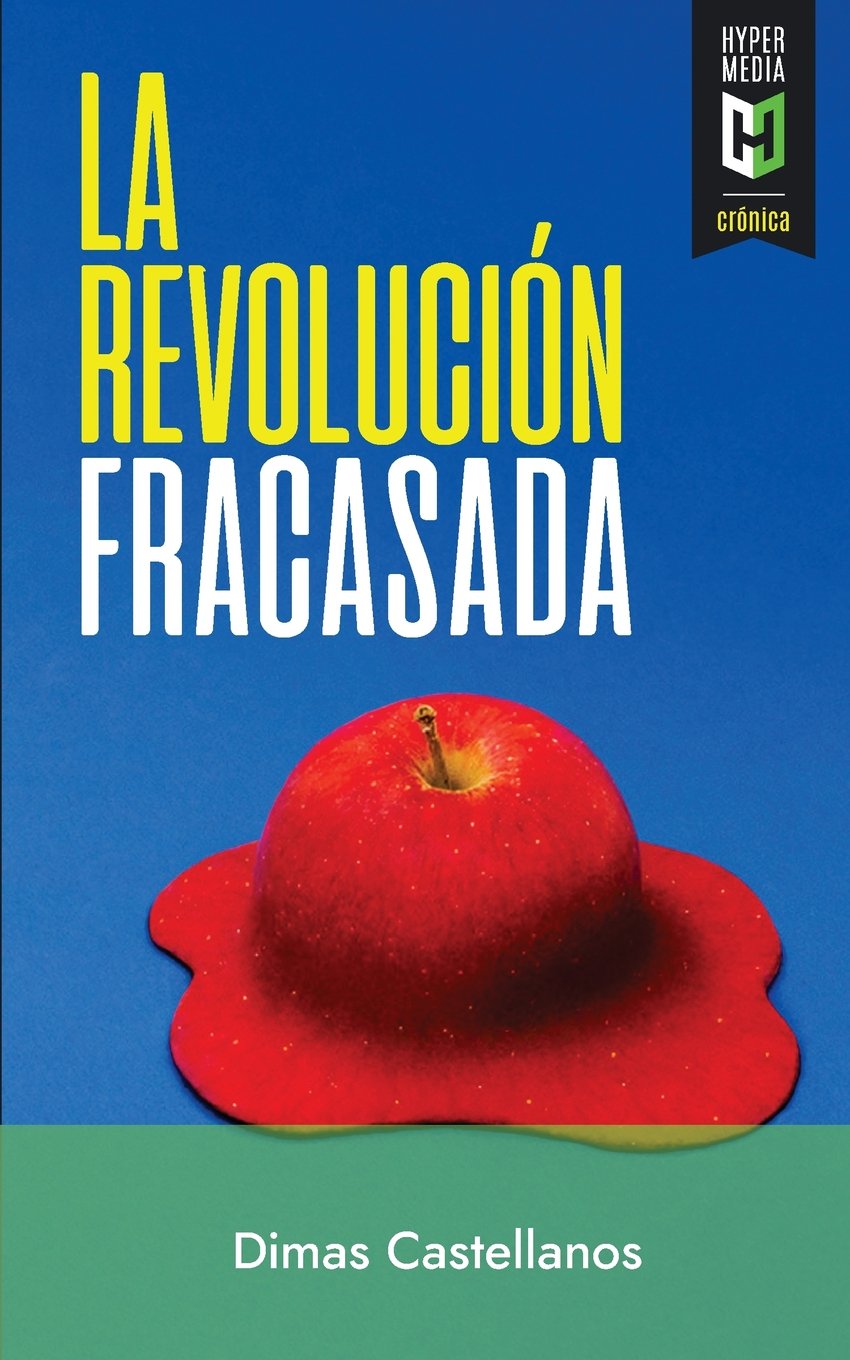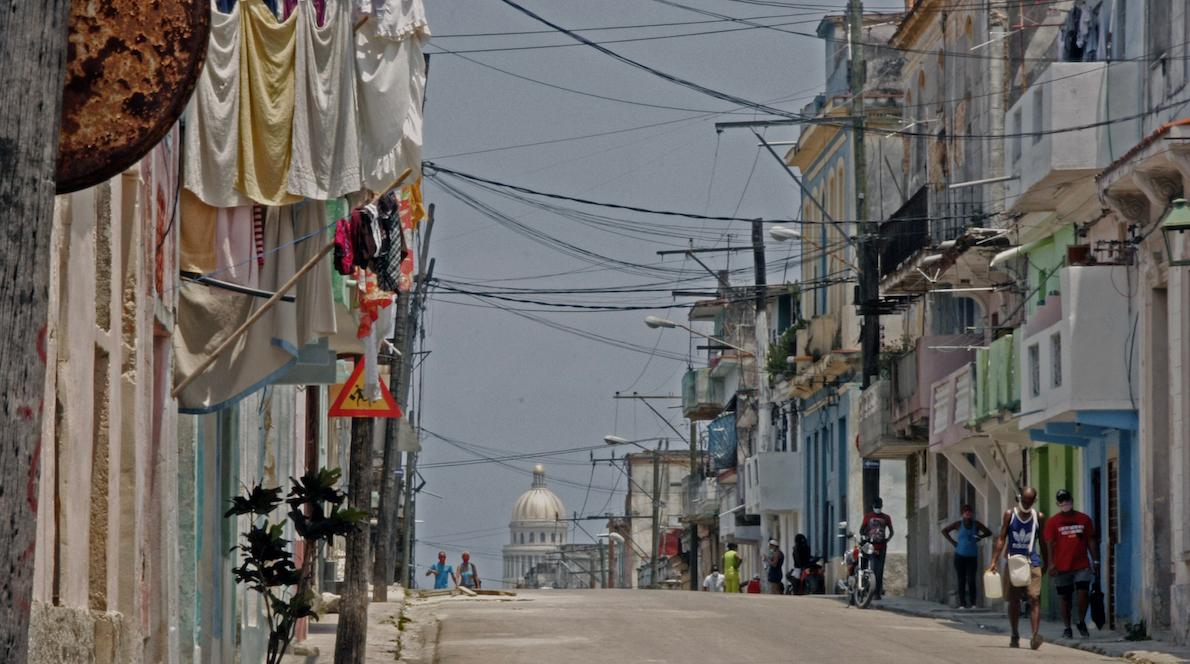Yes, Cuba is a Failed State
The government continues to complain about US attempts to depict Cuba as a failed state.
"The U.S. government is following a script, seeking to portray Cuba as a failed state," grumbled Cuban Foreign Minister Bruno Rodriguez Parrilla on Wednesday, November 10, during his appearance before the accredited diplomatic corps in Cuba.
Among the defining elements that characterize a failed state, those related to its economy are fundamental.
On February 19, 1959, six days after taking office as prime minister, Fidel Castro announced a government program that was supposed to "notably increase agricultural production, double the consumption capacity of agricultural workers, and erase Cuba’s dreadful chronic unemployment figure, achieving for the people a standard of living higher than that of any other nation." To achieve this, foreign and Cuban companies were expropriated. Three years later, in March 1962, the inefficiency resulting from these moves made necessary the introduction of the rationing book.
In March 1968, with the "Revolutionary Offensive," nationalization reached the 55,000 micro and small enterprises that had survived, which exacerbated the inefficiency of production and services, a situation that only worsened with the attempt to produce ten million tons of sugar in 1970, which ravaged the entire economy, without achieving the outcome expected. Meanwhile, the February 1959 promise remained unfulfilled.
Soviet subsidies, amounting to 65 billion dollars in 30 years (three times more than what all of Latin America received from the US Alliance for Progress and the millions lent by the Paris Club and capitalist countries) all went straight down the drain.
The reform measure introduced after the implosion of socialism in Eastern Europe and since 2008, failed to revive productive efficiency. Today, 62 years after the promise made in that February 1959, the economic sectors in which Cuba had excelled until 1958 have degenerated to unthinkable levels.
Sugar production progressively sank until equaling figures produced back in colonial times. Coffee fell from 60,000 to 6,105 tons between 1960 and 2014, a figure not even sufficient to meet demand, forcing Cuba to purchase coffee on the foreign market for domestic consumption. Measures taken to produce 24,000 tons of coffee by 2020 failed.
The production of meat, milk and cattle by-products waned to the point that they disappeared from the Cuban diet. Meanwhile, the diminished supply of pork and pork products drove up prices in an inflationary spiral.
The housing shortage —which according to the Economic Commission for Latin America and the Caribbean came to more than 700,000 houses through 1959— was tackled with a "battle for housing." The first plan, from 1959 to 1970, calling for 32,000 houses per year, averaged only about 11,000. During the second plan, from 1971 to 1980, which slated 38,000 houses per year, the annual average was less than 17,000. Then in 1980, with a population of more than ten million inhabitants, the plans were for 100,000 dwellings per year, but only 40,000 were built.
In 2005, it was announced that "no less than 100,000 new homes per year would be built and completed starting in 2006." This plan met the same fate as the previous ones: in 2008, about 45,000 were built, in 2009 the figure dropped to about 34,000, and in 2013 it fell below 26,000 homes. In 2015 about 30,000 were completed, and in 2016, according to the report presented by Marino Murillo in December 2015, the year was expected to close out with 27,480 housing units. Instead of being solved, the housing deficit has actually worsened.
Until 1958, Cuba was characterized by immigration. Between 1959 and 1965, in contrast, the exodus of Cubans, by both legal and illegal means, generated the first great migratory wave through the Port of Camarioca in Matanzas. When travel by sea was interrupted, the thousands of Cubans who were still waiting to leave did so by means of the so-called "friendship flights," chartered by the United States from the Varadero Airport. By April 1973, at the end of the airlift, 260,000 Cubans had left the country. In 1980, in a second massive wave, another 125,000 Cubans emigrated. In August 1994, thousands of Havana residents staged the so-called Maleconazo, giving rise to a third migratory wave that saw approximately 33,000 Cubans abandon the island.
In recent years, through Central American countries, Russia, and any country that does not require an entry visa, thousands more Cubans, despite the great risks they face, continue to leave Cuba. This stampede began before the U.S. enacted the Cuban Adjustment Act, the "wet foot, dry foot" policy, and the parole program for Cuban doctors. If those waves occurred before and after those measures, it means that the main causes lie elsewhere.
To top it all off, according to the Government itself, in 2021 more than 500 state enterprises will post losses; Cubans spend most of their time in endless lines to buy, at very high prices, basic products such as food, toiletries and medicines; there are difficulties guaranteeing the standard quantities of milk for children under seven years of age; most families, when the school year resumes, cannot afford to buy a new pair of shoes for their children to attend school; and in the midst of the pandemic, countries that before 1959 trailed Cuba in most economic categories, recently donated humanitarian aid to alleviate our crisis.
Cuba’s contradictions rooted in its lack of freedom, which for decades have landed thousands of Cubans in prison, or exile, have been exposed and indicted with greater force by young people in a new era of information technologies and social media. The country’s youth has gradually realized the impossibility of continuing to live as they had been until now. Protests centered on specific issues have undergone a qualitative shift in the form of demands for freedom to participate in the destiny of the nation. The San Isidro Movement, the demonstration in front of the Ministry of Culture, the 11-J rallies and the call of the Plataforma Archipiélago for a peaceful march are all part of a civic trend towards calls for profound change.
The cause: the unfulfilled promise of February 1959, due to the unworkability of the model implemented. Cubans, most of whom supported the revolutionary process at the beginning, today demand a new accord. It is impossible to preserve the model and save the nation, since the model, by its nature, is irreformable and, therefore, unsalvageable.
This outcome, as grim as it is real, cannot be described as anything else but a failed state.




